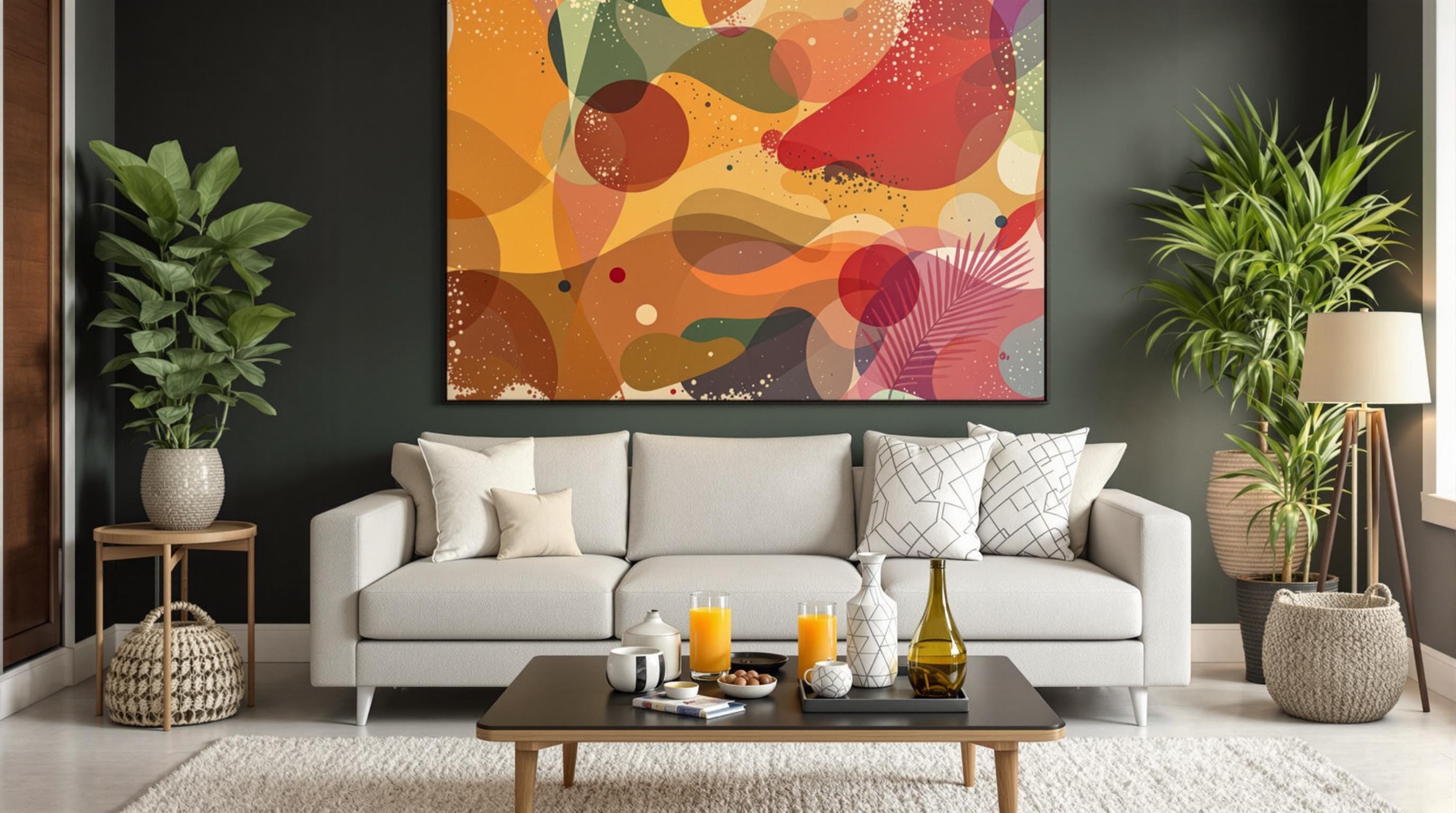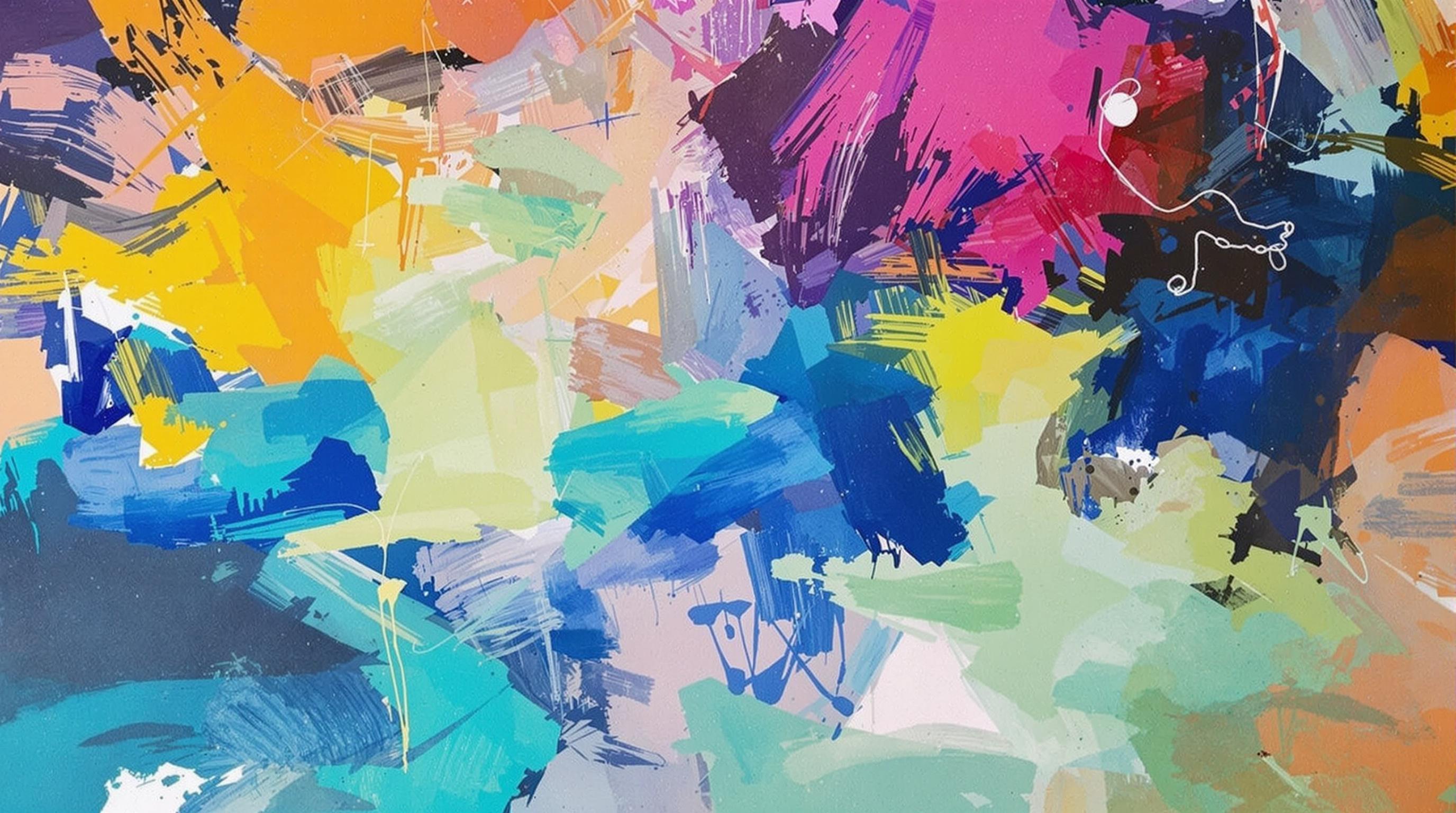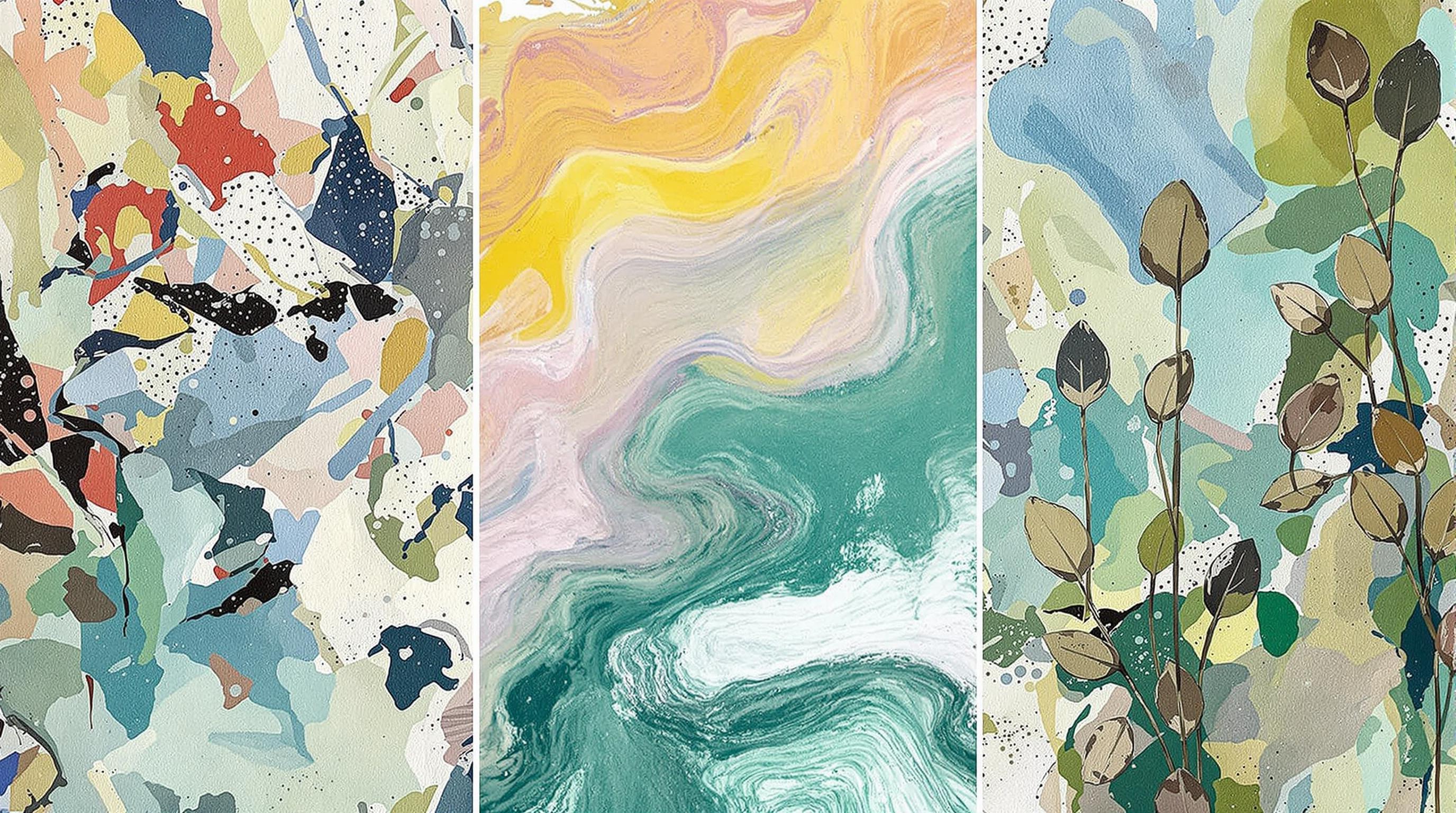Related Articles
- The Hidden Influence of Ergonomics: How Tool Design Shapes Our Physical Spaces and Daily Lives
- The Silent Influence: How Hidden Home Implements Shape Our Daily Routines and Spaces
- The Counterintuitive Role of Chaos: How Messy Tool Storage Can Lead to Unexpected Home Innovations
- Exploring the Unseen: How Audio Experiences Shape the Art of Domestic Spaces and Color Perception
- Rethinking the Mundane: How Everyday Objects are Becoming the Canvas for Modern Artistic Expression in Home Spaces
- Cultivating Chaos: The Surprising Benefits of Embracing Weeds in Your Garden Ecosystem
8 Hidden Symbolic Meanings in Colors: Transforming Your Home Decor with Cultural Insights and Artistic Flair
8 Hidden Symbolic Meanings in Colors: Transforming Your Home Decor with Cultural Insights and Artistic Flair
8 Hidden Symbolic Meanings in Colors: Transforming Your Home Decor with Cultural Insights and Artistic Flair
1. The Power of Red
Red is a color that evokes strong emotions and is often associated with passion, love, and energy. In many cultures, red symbolizes good fortune and happiness. For example, in Chinese culture, red is commonly seen during festivals and weddings, as it is believed to ward off evil spirits and bring prosperity.
In interior design, incorporating red can be invigorating. Whether through bold accent walls or vibrant accessories, red can create a focal point in any room. However, too much red can overwhelm, so balance it with neutral colors for a harmonious atmosphere.
Add red accents through throw pillows, artwork, or decorative items to infuse energy into your living space. Consider the cultural significance of red to make informed choices that resonate with your personal style and values.
2. The Calm of Blue
Blue is often celebrated for its calming effects, conjuring images of serene skies and tranquil waters. It is frequently associated with stability and depth. In many cultures, blue symbolizes trust, loyalty, and wisdom; for instance, in Hindu culture, blue is linked to the deities Krishna and Vishnu, representing compassion.
In home decor, blue is an excellent choice for spaces meant for relaxation, such as bedrooms and bathrooms. Light blues create a sense of openness, while darker shades add sophistication and elegance. Using blue in various textures and materials can enhance its soothing effects.
To incorporate blue, consider painting a feature wall in a soft shade or investing in blue textiles. Pair it with complementary colors like whites and greys for a fresh and modern look that promotes tranquility.
3. The Energy of Yellow
Yellow is often associated with happiness, optimism, and creativity. This vibrant color reflects sunlight and is known to uplift and energize spaces. In many cultures, yellow symbolizes celebration and warmth; favorite examples include the joyful festivals where yellow flowers take center stage.
Incorporating yellow into your home decor can instantly brighten up a room. It works well in kitchens and playrooms, adding a cheerful and inviting vibe. However, excessively bright yellows can become overwhelming, so consider soft and muted shades for more delicate balance.
Use yellow sparingly in accents like artwork or decorative pieces. Pair it with other colors like grey or teal for a sophisticated and contemporary feel without sacrificing vibrancy.
4. The Elegance of Black
Black is often perceived as a color of sophistication, power, and mystery. In various cultures, it carries different meanings; for example, in Western societies, it is often associated with elegance and formality, while in other cultures, it can represent mourning or loss.
In interior design, black can be a striking addition that conveys luxury and elegance. When used wisely, it can add depth and contrast, particularly in modern and minimalist designs. However, too much black can make a space feel cramped or dark, so use it as an accent rather than a primary color.
Consider incorporating black through furniture pieces, picture frames, or statement walls. Balance it with lighter or more vibrant colors to achieve an inviting atmosphere that feels both bold and stylish.
5. The Freshness of Green
Green is universally recognized as a color symbolizing nature, growth, and renewal. It is associated with vitality and health and influences feelings of balance and harmony. In various cultures, green is also viewed as a symbol of fertility and prosperity, with green foods being central to many diets.
In home decor, green can create a sense of freshness and tranquility. It works well in spaces that aim to promote relaxation and well-being, such as bedrooms and living areas. Green can range from muted sage to bold emerald, allowing a wide variety of expression and styles.
Incorporate plants and greenery into your decor to enhance the color’s natural vibe. Consider using green paint on an accent wall or selecting green accessories to cultivate a peaceful and rejuvenating environment.
6. The Warmth of Orange
Orange is a vibrant, energetic color that embodies enthusiasm, creativity, and warmth. It is often seen as a friendly and inviting color, often used in branding to attract attention and stimulate appetite. Culturally, orange can symbolize courage and resilience, particularly in Indian and Buddhist traditions.
In home decor, orange can evoke joy and warmth, making it an ideal choice for social spaces such as living rooms and kitchens. However, it requires careful consideration, as it can be overwhelming if overused. Pairing it with neutral tones can help maintain a balanced aesthetic.
To incorporate orange, consider cushions or artwork featuring this cheerful color. A bold orange accent wall can bring energy to your space while being complemented by softer hues to create a cozy atmosphere.
7. The Subtlety of Purple
Purple is often associated with royalty, luxury, and spirituality. It combines the stability of blue and the energy of red, creating a unique blend of calm and excitement. Cultural meanings attached to purple vary, with many seeing it as a symbol of creativity and wisdom.
In home decor, purple can add a sophisticated and elegant touch to a room. It works beautifully in bedrooms, creating a serene and calming environment. However, lighter shades of purple, like lavender, provide a more subtle, soothing effect.
Consider using purple in textiles, wall art, or bedding to introduce a regal quality to your space. By pairing it with gold or metallic accents, you can enhance its luxurious appeal without overwhelming the room.
8. The Minimalism of White
White is often associated with purity, cleanliness, and simplicity. It provides a blank canvas in interior design, symbolizing new beginnings and fresh starts. In cultures around the world, white can hold various meanings; for example, in some Eastern cultures, it is linked to mourning, while in others, it represents peace and surrender.
In home decor, white is a popular choice for creating airy and spacious environments. It reflects light, making rooms feel larger and more open. However, using too much white can come across as stark, so combining it with warmer tones helps create an inviting atmosphere.
To effectively use white in your home, consider layering different shades and textures. White furniture, walls, and decor items can allow colorful accents to shine, creating a balanced and harmonious space that feels both crisp and cozy.





